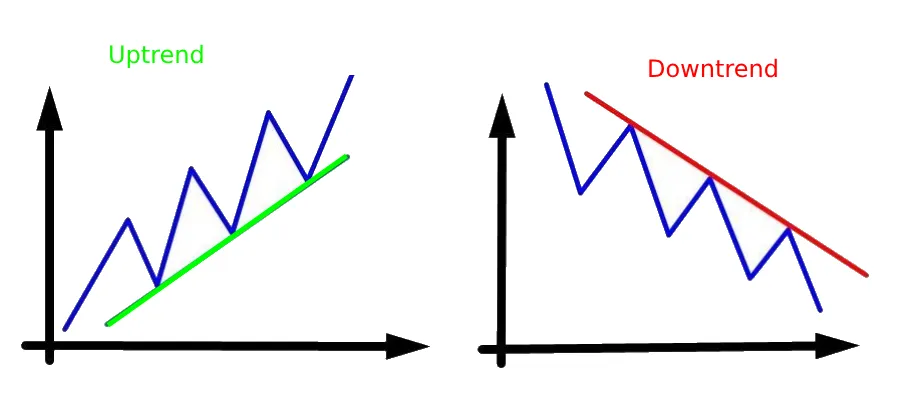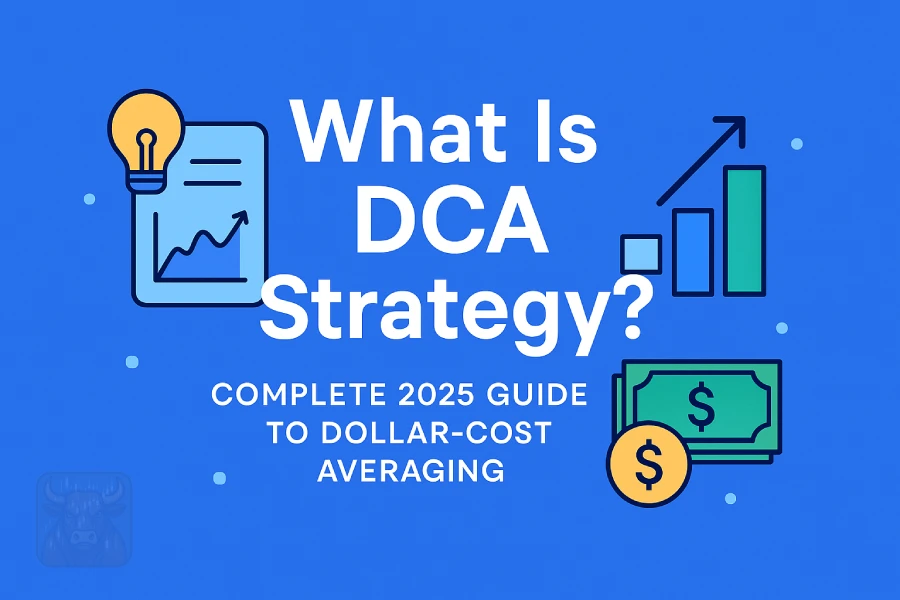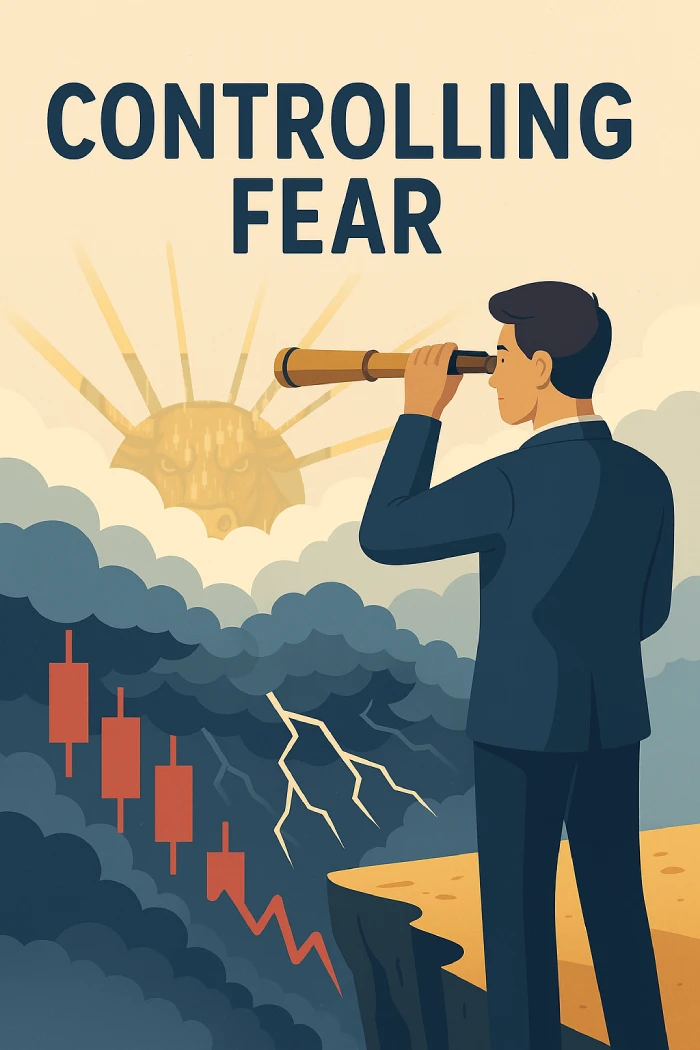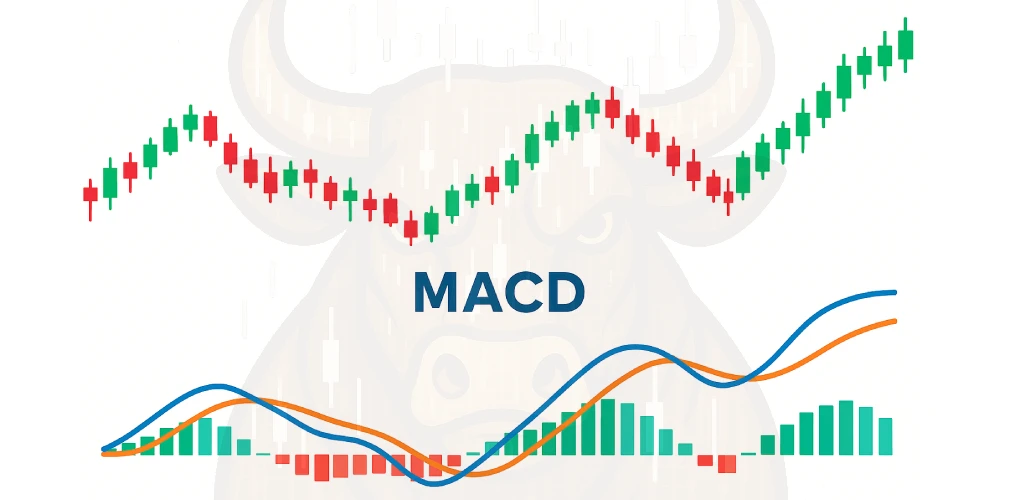📈 S&P 500 Explained (2025): How It Works, What’s Inside, and How to Invest

Did you know that just 7 companies now make up 35% of the entire S&P 500’s value? The S&P 500 index, which tracks the performance of the 500 largest publicly traded U.S. companies, has evolved dramatically in recent years. While it remains one of the most powerful tools for building long-term wealth, today’s index looks very different from just a few years ago, especially with tech and AI stocks now dominating its composition.
In this eye-opening 2025 guide, you’ll discover:
✅ How the S&P 500 quietly made millionaires out of ordinary investors
✅ Why it’s beating 90% of professional money managers (again)
✅ The shocking changes coming to the index in 2025
✅ How to invest with as little as $10
✅ The AI stocks now dominating the benchmark
💡 What is the S&P 500?
The S&P 500 is a stock market index tracking 500 of the largest publicly traded U.S. companies, representing about 85% of the total U.S. stock market value. Created in 1957, it’s the most accurate barometer of the U.S. economy.
📌 2025 Key Stats:
- Total market cap: Estimated market cap: ~$45 trillion (based on current 2025 valuations) (up from $40T in 2023)
- Average annual return: 10.2% since inception
- Number of sectors: 11 (Tech now around 30% of index)
- Top holdings: Apple, Microsoft, Nvidia, Amazon, Meta
Why It Matters:
✔ Most accurate U.S. market representation
✔ Benchmark for professional investors
✔ Foundation of retirement accounts (401ks, IRAs)
✔ Historical average of 10% annual returns
⚙️ How the S&P 500 Works
The Selection Process:
- Market Cap: Must meet a minimum threshold (was $14B in 2023; may change over time)
- Liquidity: Must trade actively with sufficient volume
- Financial Viability: Requires positive GAAP earnings in the latest quarter and over the past year
- Industry Representation: Considered by the committee, but not guaranteed
🔍 Real Example:
When Tesla joined the S&P 500 in 2020:
- Its stock surged 50% within weeks
- Index funds had to buy nearly $100B in shares
- It replaced a smaller energy stock in the index
💡 Pro Tip: The “S&P 500 Effect” often boosts newly added stocks by 5–15%.
📊 S&P 500 vs Other Indexes (2025)
| Index | # of Stocks | Focus | 10-Yr Return* | Expense Ratio |
|---|---|---|---|---|
| S&P 500 | 500 | Large-cap blend | 12.1% | 0.03% |
| Dow Jones | 30 | Blue chips | 9.0% | 0.16% |
| Nasdaq-100 | 100 | Tech leaders | 15.3% | 0.20% |
| Russell 2000 | 2000 | Small-cap stocks | 6.7% | 0.10% |
*Total returns including dividends (2014–2024)
⚠️ Critical Insight: Over the past 20 years, the S&P 500 has outperformed 90% of actively managed mutual funds.
🤖 Top 10 S&P 500 Companies Driving the AI Boom (2025)
| Company | Symbol | Sector | Weight | AI Exposure |
|---|---|---|---|---|
| Apple | AAPL | Tech | 7.2% | Moderate |
| Microsoft | MSFT | Tech | 6.8% | High |
| Nvidia | NVDA | Semis | 5.5% | Extreme |
| Amazon | AMZN | Retail | 3.9% | High |
| Meta | META | Social | 2.7% | High |
| Alphabet | GOOGL | Ads | 2.5% | High |
| Tesla | TSLA | Auto | 1.8% | Moderate |
| Berkshire | BRK.B | Conglomerate | 1.7% | Low |
| Eli Lilly | LLY | Pharma | 1.3% | Low |
| Broadcom | AVGO | Semis | 1.2% | High |
“The ‘AI 5’ (NVDA, MSFT, META, GOOGL, AMZN) now drive 25% of the index’s movement.”
💰 How to Invest in the S&P 500
There are three main ways to get started—whether you’re investing $10 or $10,000:
1️⃣ Index ETFs (Best for Beginners)
- VOO (Vanguard) – 0.03% fee
- SPY (SPDR) – 0.0945% fee
- 📌 Minimum: $10 via fractional shares (on Fidelity, Robinhood, etc.)
- ETFs trade like stocks and are easy to buy and sell anytime during market hours.
2️⃣ Mutual Funds (Good for Auto-Investing)
- FXAIX (Fidelity) – 0.015% fee
- 📌 Minimum: $1 on most platforms
- Trades once per day, great for hands-off long-term investing.
3️⃣ Individual Stocks (Advanced Strategy)
- Buy the top 10 S&P 500 holdings manually
- Requires $10,000+ for proper diversification
- ⚠️ Not recommended for beginners—higher risk and complexity
💡 Sample Strategy: 50% VOO, 20% top tech stocks, 30% cash for market dips
⚠️ 5 Common S&P 500 Investing Mistakes
Even smart investors make costly mistakes. Avoid these 5 common traps when investing in the S&P 500:
❌ Trying to Time the Market:
Missing just the 10 best days in the market can slash your returns by 50% — and those days often come during volatility, not calm.
❌ Overweighting Tech:
Tech now makes up 32% of the index (vs. a 20% historical average). Too much exposure to one sector can backfire during corrections.
❌ Ignoring Fees:
Some funds charge 10x more than low-cost options like VOO. Over decades, fees quietly eat into your gains.
❌ Panic Selling During Dips:
In 2022, the S&P 500 dropped 25%… and then rebounded over 30%. Selling during fear locks in losses and misses the rebound.
❌ Focusing Only on Dividends:
Dividend stocks offer income, but growth stocks have historically delivered stronger total returns over the long term.
💡 Pro tip: Long-term consistency beats perfect timing every time.
❓ S&P 500 FAQs (2025 Edition)
The index is reviewed quarterly—March, June, September, and December—but changes aren’t guaranteed each time. Additions and removals depend on company eligibility and market conditions.
Just $10, thanks to fractional shares available on platforms like Fidelity, Schwab, or Robinhood.
Yes, if you’re looking at the total return version of the index, which includes reinvested dividends. Price return versions only reflect stock price movements.
Unlikely. Market leadership shifts over time, energy stocks led in the 2000s, tech took over in the 2010s, and now AI drives the 2020s. The next decade may belong to something else entirely.
Yesterday. Second-best time? Today. The key is staying invested long-term.
Not in the traditional sense. A committee applies strict, rules-based criteria to decide which companies are included, but it doesn’t pick stocks like active fund managers do.
📌 Key Takeaways
✔️ The S&P 500 tracks 500 of the largest U.S. companies, representing around 85% of the total U.S. stock market.
✔️ It has delivered an average annual return of ~10% since its inception in 1957.
✔️ It’s the benchmark index used by most retirement plans (like 401(k)s and IRAs).
✔️ Investing in low-cost ETFs like VOO or FXAIX is the simplest way to gain exposure.
✔️ In 2025, the index is increasingly driven by AI and healthcare stocks.
✔️ Passive S&P 500 investing has outperformed most professional fund managers over the long term.
🙌 Final Thoughts
If this guide helped clear up how the S&P 500 works, let me know in the comments — I’d love to hear your thoughts or questions. And if you’re just getting started with investing, bookmark this page so you can come back to it anytime. 📌
More beginner-friendly guides coming soon — don’t miss out!






